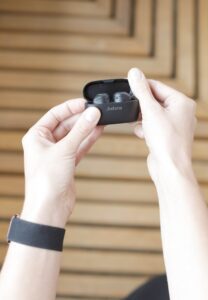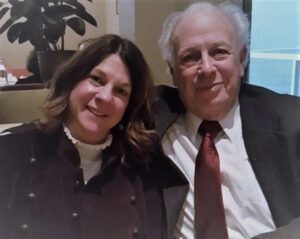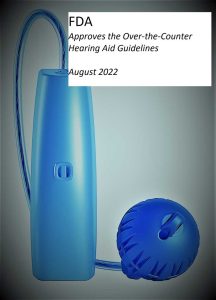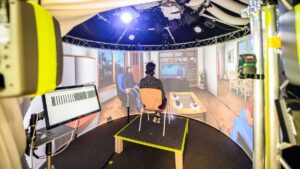
The Rise of OTC Hearing Aids: Navigating the Challenges and Embracing Professional Guidance Introduction With the FDA’s approval of Over-the-Counter (OTC) hearing aids in October 2022, the market has witnessed ...

Review of Article: Disruptions to the Hearing Health Sector Reviewed by Karen M. Welcome to our review of the article “Disruptions to the Hearing Health Sector: Implications and Opportunities for ...

Bluetooth has become a cutting-edge technology today. It has greatly enhanced the way electronic devices connect, providing many conveniences for different niches. Among the many areas it has helped elevate ...

Hearing loss is one of the most common health issues across the globe. But despite its prevalence, very few interventions are made to improve hearing loss outcomes compared to other ...


Hearing treatment is one of the most undervalued industries as many people remain unaware of how to address related needs. Understanding that there is no one-size-fits-all solution for this, Hears ...

How My Dad’s New Friend Helped Me See the Problem with One-Brand Hearing Care My dad loves it when I talk about him and although this is not about him, ...

FDA Finalizes Historic Rule on Over-the-Counter (OTC) Hearing Aids: What You Need to Know The FDA has officially finalized a groundbreaking rule that will make Over-the-Counter (OTC) hearing aids available ...

A Review of some Hearing Research by Karen M Dr. Corinna Dahm-Brey Carl von Ossietzky-Universitat Oldenburg Published May 27, 2022 For the past four years, the Collaborative Research Centre (CRC) ...

Before I attempt to review the latest on Bluetooth (5.3) and the book that Nick Hunn just released from the Bluetooth Special Interest Group (SIG), I want to review how ...
Powered By SinglerDesign.com